What are Effective Writing Techniques?
Effective writing techniques are different methods writers use to ensure the seamless flow of ideas within their content. These methods help writers achieve their goals and increase productivity in the most efficient way possible. In this article, we’ll dive into these 10 techniques:
- Understand what Readers Want
- Make an Outline
- Use Related Questions
- Connect Features to Benefits
- Be Specific
- Research Facts and Figures
- Use Analogies
- Be Practical
- Write in Your Readers’ Language
- Appeal to the Senses
- Use Effective Tools
Writers have varying approaches and styles when it comes to writing. However, choosing the right techniques will rely on one thing – your content objective.
Before you start writing, ask yourself these questions:
- Who are you writing for? What kinds of words, phrases, or questions would they search in Google to find your article?
- What type of content are you working on? Is it ad copy? A marketing email? Blog post?
- What’s your purpose? Are you writing to inform people about a brand or product, share your experience? Or, to rank well in search engine results and attract more customers?
Your answers to these questions will help you determine or develop the best writing techniques to accomplish your objective.
Why Are Writing Techniques Important?
Words have a powerful impact on human behavior. Writing techniques are crucial to ensuring that your message is understood by your reader. One of the oldest forms of communication is writing. Now, we live in a world where we often communicate using technology. This means digital content and web copy writing are more important than ever. Content marketers, bloggers, and content writers use may use words to attract audiences or influence buying decisions.
11 Effective Writing Techniques
It’s not easy to develop your writing techniques if you’re just starting your career in writing or content creation. But don’t worry! Below are 11 of the most effective writing methods that you can use to jump-start your journey.
1. Understand What Your Readers Want


Before writing your content, you must first understand what your readers want. This is also known as the “intent”. What intention do your readers have when they are searching for the content you are about to write?
But, what’s the best way to understand what your audience wants?
One effective technique is to hangout where your target readers are most likely to convene.
You could find them in social media groups, forums, and other online communities. Understand what they’re saying, particularly what they’re looking for.
If you’re writing to promote a product, read the customers’ feedback and reviews on your competitor’s product. A great tip is to use the exact words these customers are using to share their experiences in your content.
Remember, readers tend to favor content that reflects what they truly feel.
2. Make an Outline
One you understand your audience’s intent, it’s time to make an outline. A clear and logical flow of ideas is crucial to effective writing. Use email template creators to help you get started.
To make sure you stay on topic, stay concise, and cover all of your bases completely, make an outline before you start writing.


Think of your outline as your road map. It will guide you and force you to be specific.
Our next effective writing technique is one of the easiest ways to create an outline and an article in no time.
3. Take Advantage of Related Questions
Another way to write effectively is to take advantage of “related questions.”Related questions are queries made by people that are related to the topic you’re working on.
For instance, when you type “What is a cream puff?” on Google Search, you’ll get an answer in the form of a definition.
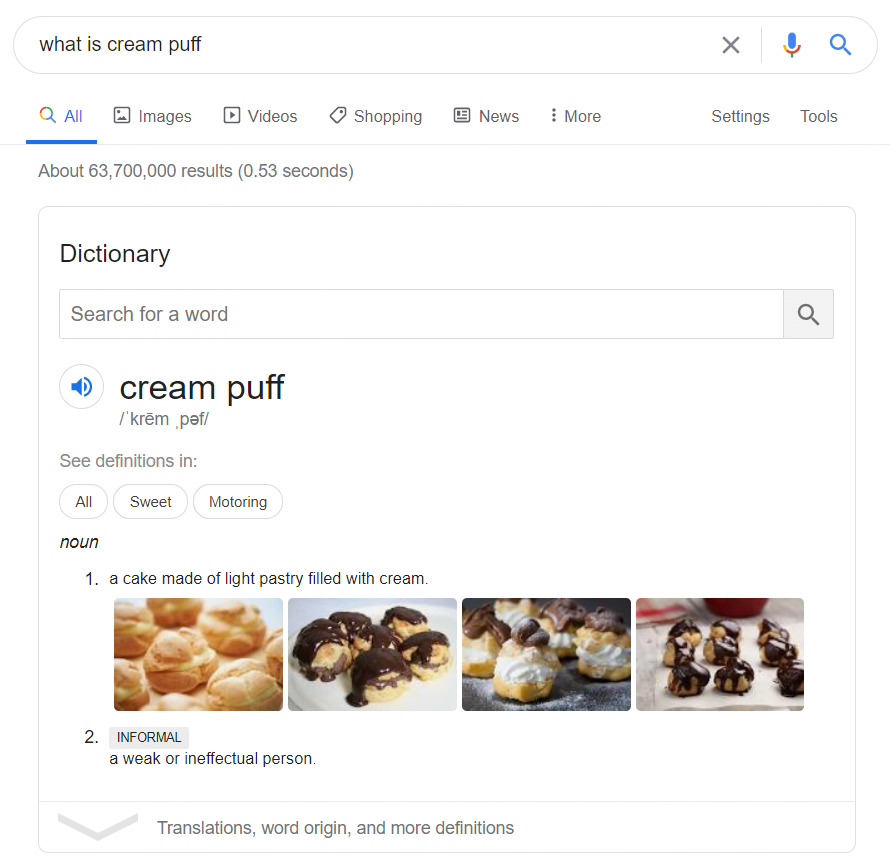

But when you scroll down, you’ll see four or five more questions that people also ask about cream puff.
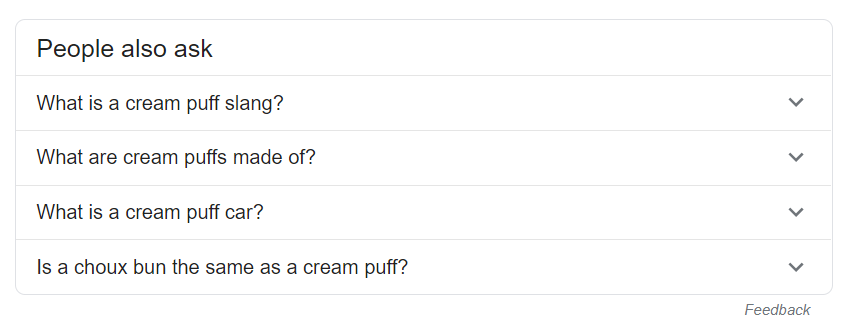

Answering Related Questions helps ensure your content is relevant to your audience.
To source Related Questions for your article, type your key phrase or topic into Google.
Then, take note of the Related Questions you see and make a list. Think of these a long-tail keywords.
They can help you understand exactly what your audience wants to know about your topic. And, the exact language your audience uses to find it.
Pro-Tip: Using Related Questions is also one of the fastest ways to write an article that is highly relevant to your audience. It’s also a great writing technique to conquer writer’s block.
Research 5-7 Related Questions, make them H2 headers, and answer them in 100 words. You’ll have an optimized article in no time.
Finally, this is a great technique to position your article to capture those highly visible Snippets in Google.
4. Connect Features With Benefits
Balancing features with benefits is a crucial technique for copywriters.
Features refer to the specifications of a product or service you’re writing about. Meanwhile, benefits pertain to the value or result customers can get out of a product or service.
You must strike a balance between features and benefits when writing a copy. Remember, most people go online to look for solutions to their problems.
Remember: people don’t buy mattresses. They buy a good night’s sleep.
Here are some quick tips to help you use both features and benefits in your content efficiently.
- Understand your market. Meaning, know what your readers or target customers need or what their problems are.
- Determine the reason behind your target audiences‘ needs. Knowing this reason can help you write content that speaks to your target market.
- Know the key features of your product and translate them into benefits that your market needs.
- Tap into your target readers’ emotions by considering what they would feel when they purchase your product.
5. Be Specific
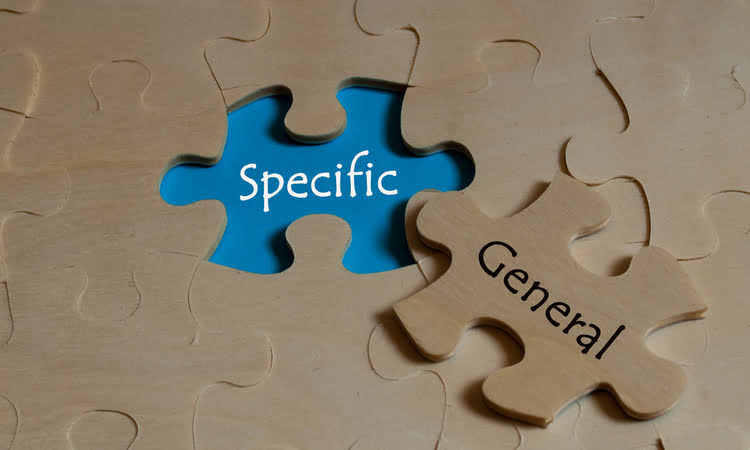

Getting straight to the point is an excellent strategy if you want your readers to understand your idea clearly. This is where specific writing comes into play.
Without specificity, you’re leaving your writing intent open to the interpretation of your readers. By doing so, you are putting yourself at risk of being misunderstood.
For instance, imagine you’re writing a social media announcement telling your readers that your blog site will be down for maintenance. Instead of stating the specific schedule (is Friday, 10 PM CST), you only publish “Fridaynight”.
Failing to provide a specific time could cause confusion for your followers. “Friday night” is general, and varies by timezone and location.
If you want your content to be effective in entertaining, informing, or influencing your readers, BE SPECIFIC.
6. Verify Facts and Figures
If you want your content to have an impact on your readers, make sure that it’s authoritative. How to do it?
Stick to confirmed facts and figures.
Always support your ideas with verified data. Doing so can make your content powerful.
Crucial information to shore up any claims includes:
- statistics
- quotes from authority or influential people
- case studies
The Internet is teeming with reliable sources that you can use. If you’re working on a scientific article, you can turn to journals.


If you’re looking for quotations, look for people who are considered an authority in their respective fields.
You may send them an email using email outreach tools and ask for their thoughts on your subject matter. Or, you can simply search through their previous interviews or published works and quote them.
However, make sure that you are attributing the right people when quoting them. Never claim someone’s idea as yours if you don’t want to get into trouble.
7. Use Analogies
Analogies help easily explain complex concepts to your readers.
One of the most famous analogies of all time is from this 1994 film:
The “Compare and Conquer” technique is similar to an analogy. This writing technique is especially useful when drafting technical content like scientific papers.
Even though you researched this topic and might be an expert, your audience might not be familiar with it yet.
Maybe that be why they are searching for this information. So, break it down in a digestible way by explaining it in the context of a more common idea.
Just compare a technical concept with something that your target audience knows. One common key phrase that you can use is “It’s like A but for B.”
For instance:
- Martian solar day (sol) – it’s like an Earth day but is 39 minutes longer.
- Inbound links – they’re like people’s votes that search engines use to measure the popularity and quality of a website.
The technique may oversimplify some definitions, but the goal is to make sure that your readers understand them.
Once you’re able to simplify these concepts, you can then start building more specific ideas around them.
8. Be Practical
Powerful action steps give your content a layer of practicality. It’s a technique you can use to turn abstract or theoretical thoughts into practical or realistic ideas.
Action steps are particularly helpful if you’re writing how-to guides. For instance, if you’re teaching people how to bake bread, make sure that you include a step-by-step guide on how to do it.
Readers want to get something out of every content they read. And, they want it fast. This is what it means to contribute real value to your audience.
You can write exciting and engaging content, but adding action steps helps make your ideas applicable in your reader’s everyday lives.
9. Write in Your Readers’ Language


Writing requires proficiency in the language you’re using. Meaning, the more knowledgeable you are of the language, the more effective you can be with your writing.
This means word choice, connotation, and tone are key. You need to study the words you’re using carefully.
For instance, American and Britons both communicate in English. But, there are key differences between American and British English. And, the vocabularies they use respectively.
One classic example is “football”.
So, if your readers are from the UK and you’re writing your content in American English, it could cause confusion to your readers. If you want to avoid confusing your readers, make sure that you’re writing their language.
Below are some notable language differences between American and British English.
Clothing
- British: trainers
- Americans: sneakers
- British: pullover
- Americans: sweater
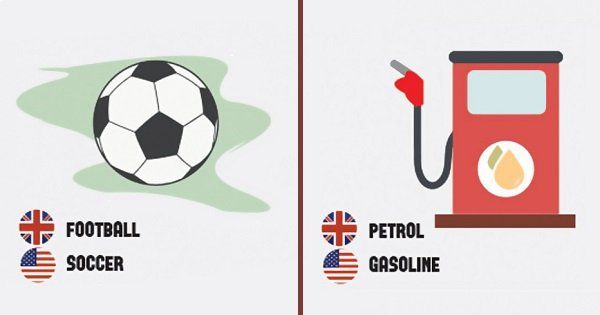

Food
- British: chips
- Americans: french fries
- British: crisps
- Americans: potato chips
10. Appeal to Your Readers’ Senses
As the old adage says, “Show, don’t tell.” But is that even possible when you’re writing?
Of course!
Another effective writing method is to play with the five senses of your readers. Including sensory details from the five senses could help you bring your readers into your story world.
The best way to play with your readers’ senses is to sprinkle your content with sensory verbs and descriptive adjectives.
Here are some examples:
Sensory verbs
- Sizzle
- Hiss
- Snap
- Crash
- Mumble
- Amplify
- Whisper
- Humm
- Scream
- Glow
- Soar
Sight Adjectives
- Long
- Round
- Narrow
- Colossal
- Immense
- Pretty
- Flawless
- Steep
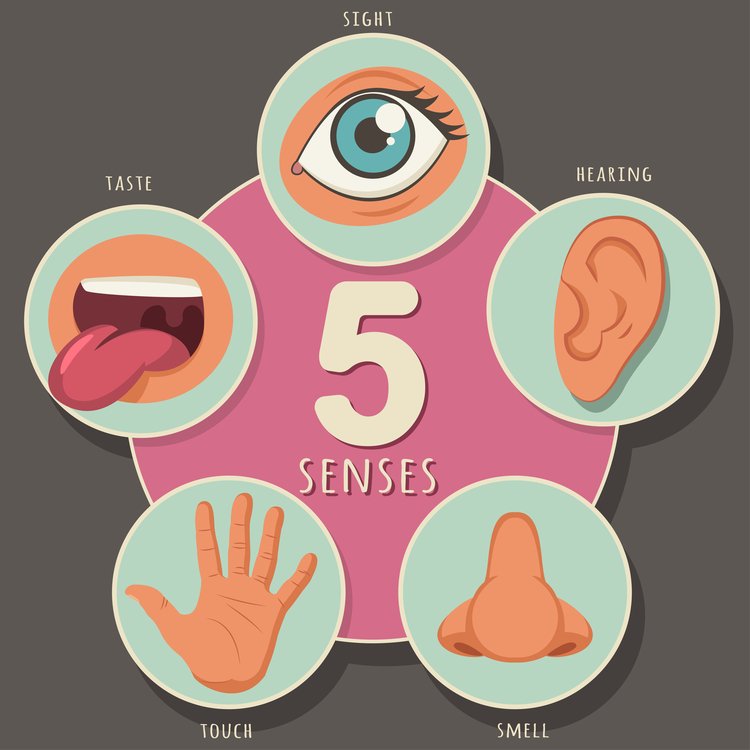

Smell Adjectives
- Pungent
- Balmy
- Heady
- Floral
- Faint
Taste Adjectives
- Sweet
- Bitter
- Bland
- Moist
- Savory
- Spicy
- Dry
Sound Adjectives
- Brittle
- Silent
- Croaky
- Dull
- Dissonant
- Squeaky
- Speechless
- Piercing
- Faint
- Noisy
Touch (Feel) Adjectives
- Grainy
- Grimy
- Slippery
- Slick
- Cool
- Crisp
- Bumpy
- Leathery
- Thick
- Dry
- Filthy
11. Use Effective Writing Tools
Writing tools and apps can help you write more effectively. And, up your productivity by saving time.
They can also help ensure that your readability level is on target. Or, help you outline. Some help check your spelling and grammar or collaborate with editors.
There are plenty of applications that you can use out there, depending on your needs.
Why Effective Writing Matters
As a writer, it is your responsibility to provide your readers with high-quality content. This feat is achievable if you are using effective writing techniques.
Benefits of Using Effective Writing Techniques
Using effective writing techniques has the power to:
- Ensure that your work clearly conveys your ideas to your readers.
- Help assess and understand how your readers feel about your content. At the same time, effective writing can help make an emotional connection with your target audience
- Increase your productivity.
- Drive traffic to your site.
- Increase your sales and help you reach more customers.
Many great writers use words as a tool to empower others or to speak out about divisive issues. Some utilize it to educate people and disseminate information.
But, the driving force behind these powerful words is the effective techniques utilized by the writers to create their content.
How to Know if Your Writing Method is Working
After mastering the writing methods in this article, it’s now time to know if they’re working. If your writing approach is working, it will yield positive results.
There are two ways to know if your writing method is working. The first is to measure your content performance. The second way is to study feedback.


Measure Your Content Performance
If you publish your content online, it’s essential to know how well it is performing. For instance, if your purpose for writing a blog is to attract more readers, measure your site traffic.
A few months after publishing your blog post, examine your organic traffic and see if there’s an increase in the number of visitors.
If there’s none, then your post is not gaining the traction you’re hoping for. This might mean that audiences do not find your content relevant to what they are searching. Or, your content is not visible to your audience.
Therefore, you may need to rethink your keyword research and re-optimize your article.
You should also consider your site’s authority and your backlink profile. Content exchanges are a great way to build links and authority. And, in turn, better position your content to rank well and increase in viability to your audience.
Finally, don’t neglect off-page SEO. This refers to elements like how fast your pages and site loads, image optimization, and more.
The same goes if you’re promoting a product or service. How’re your sales? Did it increase or nothing happened?
Read Feedback
Another way to know if you’re writing process is working is by reading comments from readers.
How are your readers responding to your content? Are readers appreciative or more critical of your work?
Don’t let negative feedback discourage you. Instead, use it to improve your writing.
Wrapping Up
Using the right techniques can make writing a potent communication tool.
You can use existing writing techniques, but you can also develop your own. If you’re a beginner, it’s best to experiment and see what works best for you.
Again, your writing techniques must be aligned with your objectives or goals. The right combination will always give you the best results.


Comments (0)
Least Recent